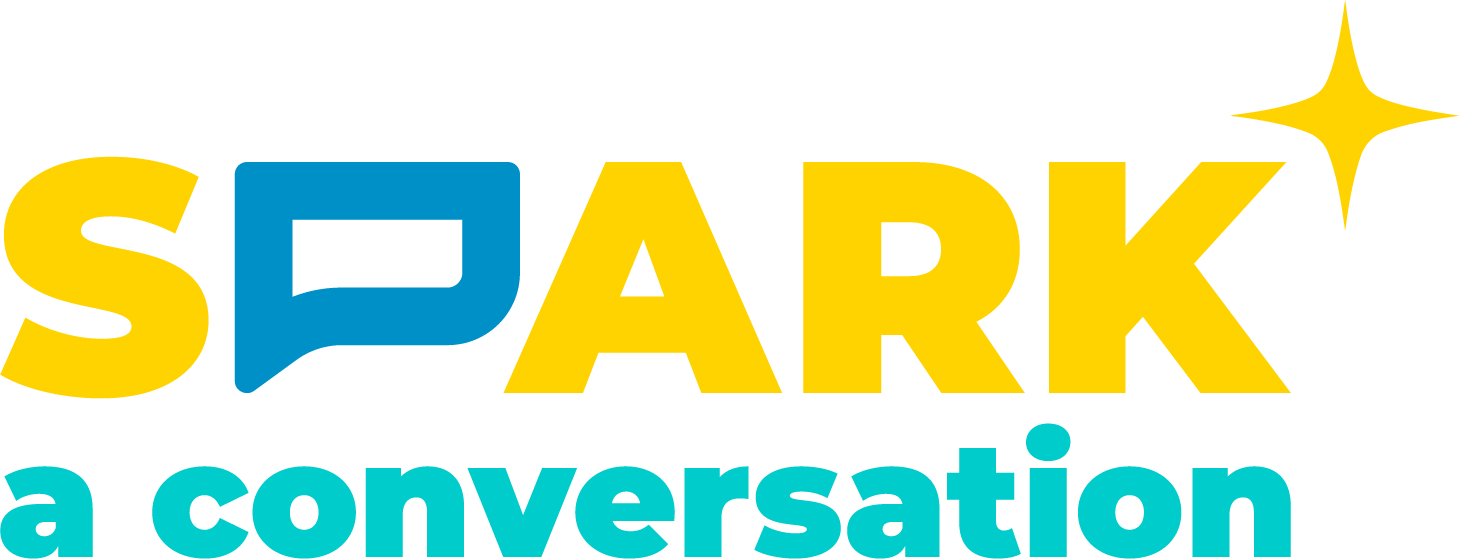
If you could make anything at all, to make your life or someone else’s life easier or more fun, what would you make?
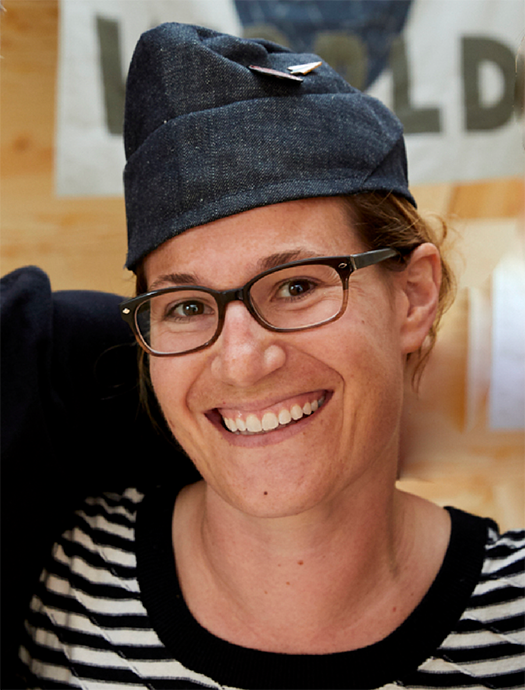
Imagine your teacher writing two names on the board after the final exam: someone else’s and yours. Then he explains that those are the people with the highest … and the lowest scores on the test. When this happened to Janet Hollingsworth in a college-level civil engineering course, she was sure hers was the lowest score. Only one in five students in her class were female — it was 80% male. She was very uncomfortable when she saw her name on the board, in front of the classroom: “I was about to crawl out of my skin.”
Even though Hollingsworth discovered that her score was actually the highest on that exam, this experience left her certain that she had not found the right college. She wanted a less competitive, more inclusive and creative environment and found that at Tufts University, where she majored in civil engineering and architectural studies.
I did not match the profile of what I thought an engineer was when I went into that field,” Hollingsworth told Math4Science. Though her parents both worked in chemical engineering, Janet “thought that engineering was the thing you did when you were good at math and science. I was not exactly that when I was in high school.
“I loved working on creative things,” including the set designs for her high school theater department. At one point, she helped create a set that turned a train into a French chateau (castle) that became the Taj Mahal.
Where should her creative inclinations take her in college, Janet had wondered. “My dad …is an absolute life-long engineer” who works with colloidal particles, “things of a very small scale” at his chemical engineering laboratory at New York University.
Her mother had started in chemical engineering and then worked in politics (as the deputy mayor of Washington, New Jersey, where Janet grew up), for her family’s advertising agency, and as a university administrator. Engineering, promised her mom, gives you skills “that you can take into anything,” so Janet decided that was a good place to get started. She chose civil engineering because as a visual person who enjoys working in groups, she found herself “wanting things to be bigger, to be seen, to be experienced at a human scale.”
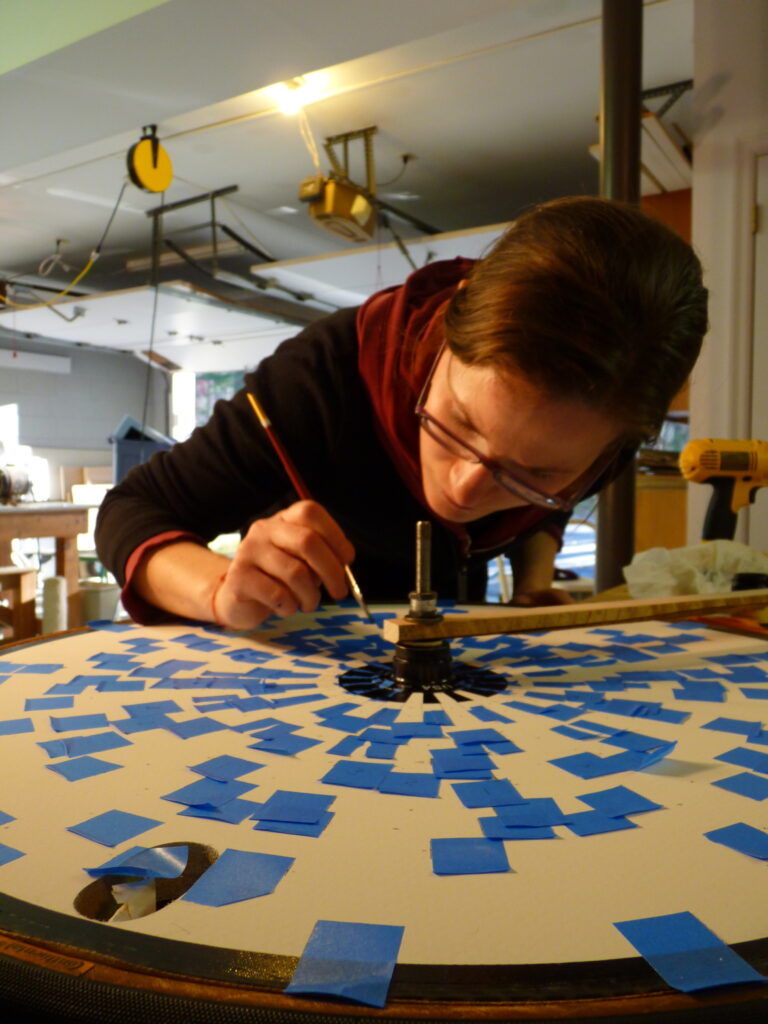
After graduating from college, she found an engineering job at Martin/Martin, in Lakewood, Colorado. Even as an entry-level engineer there, “I got to actually do engineering… doing differential equations and stress and strain analyses, figuring out what kinds of steel i-beams would go into buildings.”
Hollingsworth’s work ranged from designing reinforced concrete slabs for large buildings to working with artists. Artists doing enormous sculptures contacted Martin/Martin for help turning their ideas into reality. Because these jobs did not bring in the most money, they were not always popular with the senior engineers but Hollingsworth jumped at the idea of being the lead engineer on art projects.
One large-scale project involved building a 55-foot tall brachiosaurus mother and her child. These were “two dinosaur sculptures that pierced through the glass facade of the children’s museum in Indianapolis.” Even statues that seem to be motionless change with their environments. How would strong wind, heavy snow, and other outdoor conditions affect the sculptures? And how would the ways the dinosaurs moved under different conditions affect the building they were poking through?
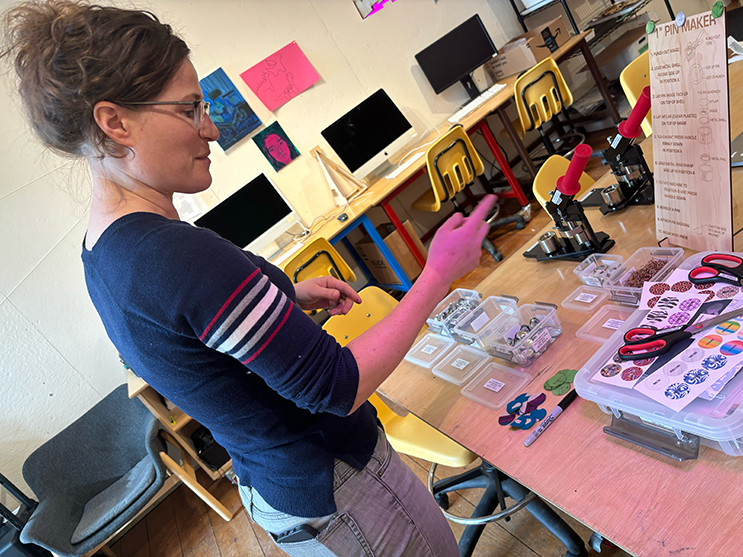
Hollingsworth used a computer simulator to “model the dinosaur and run different environmental effects,” from snow and wind loads to seismic (earthquake) activity. As the dinosaur “moves in and out, you don’t want to crack that window” so it’s important to “understand the stresses and the strains, the dynamic forces. It’s a living thing, not just a static thing.” The flooring — the foundation — under the dinosaurs needed to be strong enough to hold their weight in different conditions. And all of their components needed to follow international and local building codes, so Hollingsworth consulted the manuals of rules civil engineers and other people building large structures must follow, to make sure they were safe.
Sometimes Hollingsworth collaborates with her brother, a mechanical engineer who builds bicycles. “We do funky, weird stuff.” When he asked her to paint the disc wheels on a concept bike he was building, she hand-painted it with a complicated design involving concentric circles, using an axis that came through the wheel’s axle. When you spin the wheels, you seem to be seeing blue, red, and yellow.
How does spinning black and white patterns create colors? Hollingsworth suggests that you look into optics, a field of physics, and the Fechner color effect.
These days, Hollingsworth shares her understanding of physics and the other concepts behind engineering and architecture with artists-, engineers-, and designers-to-be at The Possible Zone, a nonprofit in Boston. As Vice President of STEAM (science, tech, engineering, arts, and math) she runs the fab lab, where high school students from communities with limited economic resources access machines and mentors who help them turn their project ideas into reality. They explore how robots learn to navigate their way through different environments.
Students at The Possible Zone also design and create clothing, from shoes to hats to hoodies. “Did you ever think about making that hoody respond to the environment?” Hollingsworth might ask. And then the student might embed electronics into their design, exploring e-textiles. One girl made a winter hat that had LED lights that turned from twinkling red to blue when temperatures fell below freezing.
Hollingsworth loves the way that students she works with “fall backwards into” math (using proportions to make sure you cut your materials just right and don’t waste them when you use the machines, for instance), tech (coding the directions to run the machines), and science (adding electronics to your design).
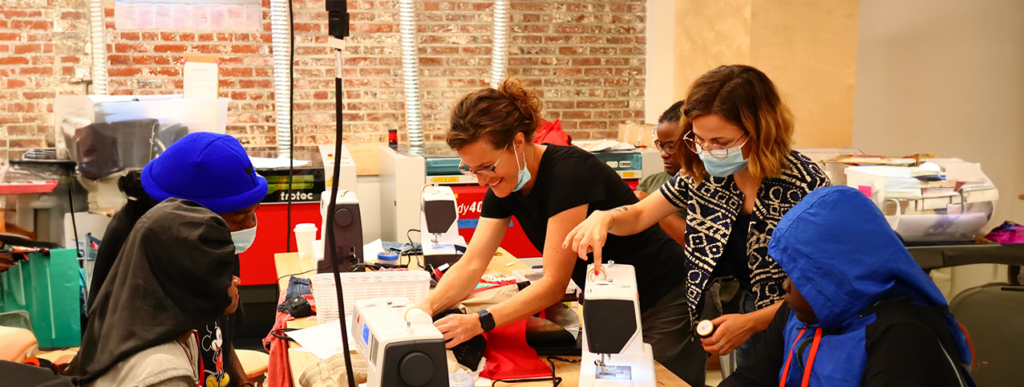
“I want students’ curiosity to drive their questions. It doesn’t really matter if we know the names of principles before we get started. ‘Python, Arduino, microcontrollers, Moment of Inertia, Bernouli’s principle’… these are all terms that can be intimidating and make people feel like, ‘that’s not for me, this isn’t a space I belong in.’ But Hollingsworth knows the need for creative thinking is vital in science, tech, engineering, math, and beyond.
”One of the best ways to learn is to do something that doesn’t work.” The girl making the winter hat found that her first design was very small and “could have fit a doll’s head, it was so tiny.” How lucky she was to work with Hollingsworth, who could assure her that “ultimately being an engineer or a creative, you have to be able to do and undo in order to make things better.” She urges us all to change our “relationship with failure and allow that to be a process that’s about exploration” and includes opportunities for joy.



